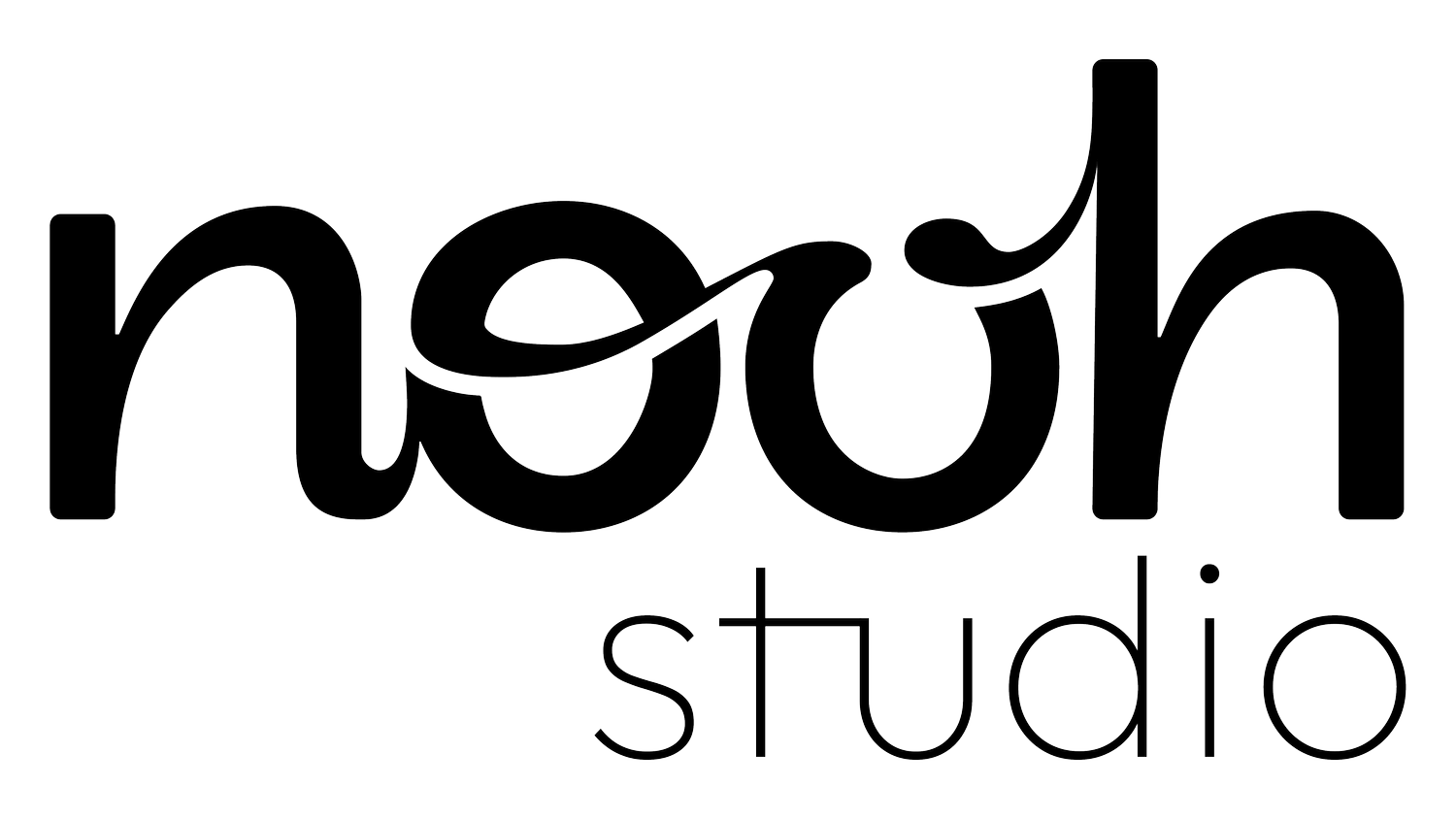7 Tips for Getting the Most Out of Your User Research Interviews
Before you dive into user interviews, preparation is key. A well-thought-out discussion guide helps keep conversations focused without stifling spontaneity. Set clear time limits, aim for diversity in participants, and always respect the value of their time - incentives can help. Make sure you have someone taking notes or transcribing so you can focus on genuine dialogue. With the right preparation and approach, your user research will yield rich, authentic insights that truly inform your community-led design.
1.Prepare a discussion guide
Make sure you have a discussion guide prepared ahead of time to guide your interview. You don’t have to stick rigidly to the guide - in fact, it’s better not to! Start with open questions - don’t worry too much about sticking to the discussion guide. The whole point is to get unfiltered feedback. If your questions are too rigid and specific, you risk biassing the interview and only getting the information you already assumed you would.
If your interviewee says something you find particularly interesting, and you want to dive further into it and explore more, don’t be afraid to get into the nitty gritty just because it isn’t on your discussion guide.
2. Introduce what you’re doing
In the past, I’ve jumped right into interviews without explaining what they’re doing and why. That was so inefficient. Explaining the process and what you’re hoping to achieve from the interview allows your participant to orient themselves to the process and understand the context of the interview. It means they’re more likely to give answers that are relevant to what you’re seeking, because they know what you’re trying to find information about.
3. Add time estimates
For each discussion section, add an estimate of the amount of time you would like to spend on that topic. This allows you to determine what your priorities are in the interview, keeping the interview on track. Without time estimates, you can easily get caught up and spend 20 minutes on a less important area and run out of time to delve into the most important questions.
4. Keep it under an hour
After an hour, you’re probably going to hit a point of diminishing returns with an interview, as both you and your participant start to mentally tire. Keeping it under an hour forces you to adhere to your time limits and make a call about what’s really important to talk about.
5. Make sure the range of users is diverse and inclusive
Make sure your participants represent a range of life experiences and identities. This isn’t just the right thing to do for a fair and equitable society, but it also massively improves the feedback you’re going to get for your design. If you’re finding that all of your participants belong to one group or one perspective, you’re really limiting what you can discover through the interview process.
6. Offer incentives
If you’re having trouble finding willing participants, or a broad enough selection of participants, try offering incentives like gift cards or other rewards for participation. I’ve had success offering a £20 Amazon gift card in exchange for an hour of someone’s time.
Remember, a person’s time is precious - by agreeing to be interviewed, what they’re offering you is valuable. Treat them accordingly.
7. Have a notetaker or transcriptionist
Your interviewer should be solely focused on engaging with the participant. Having to stop and take notes while asking questions is a very inefficient use of everyone’s time. Instead, have someone else with you during the interview whose only job is to take detailed notes. Alternatively, record the interview and send it to a transcriptionist or transcription service such as Rev.com so you can have a written record of everything that was said.
Conclusion
You should now know exactly how conduct user research for your community-led design in the most effective way. You know how to define your users, how to find them and also why the extreme users are so important. You know what methods to use to conduct your research and the tools that can help. If you’ve found the right people, asked the right questions and used the right methods, you should know have a treasure trove of valuable insights and data.
